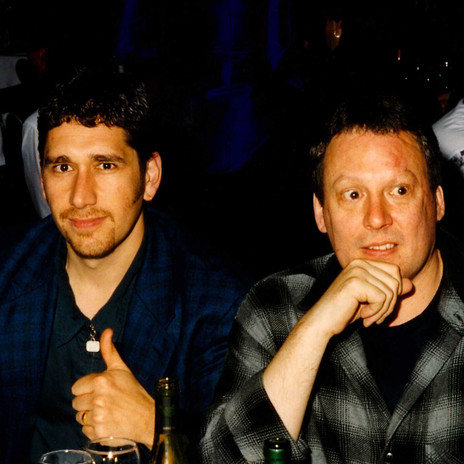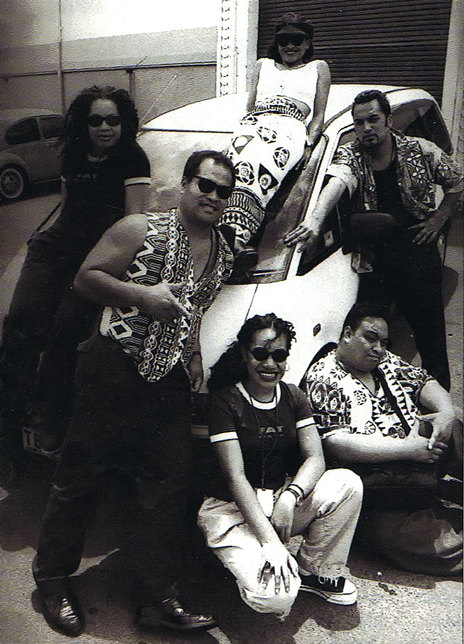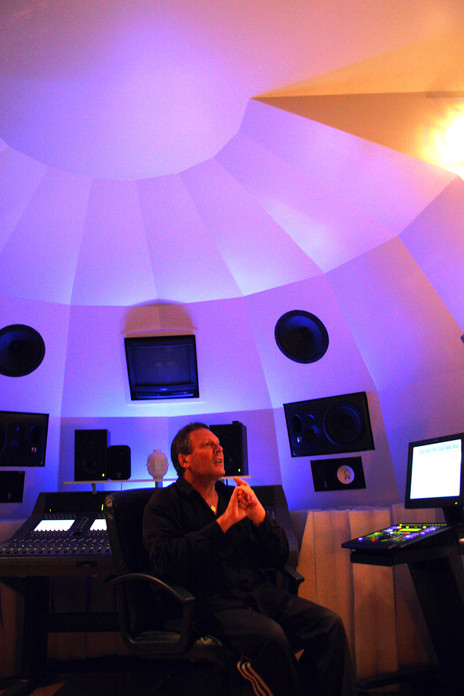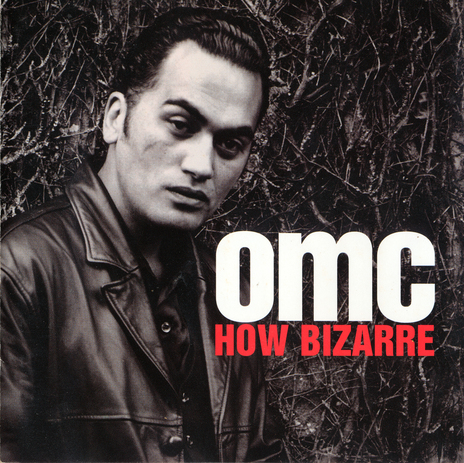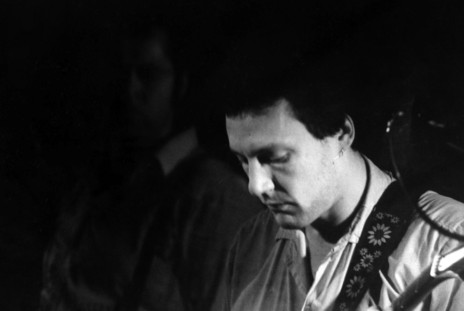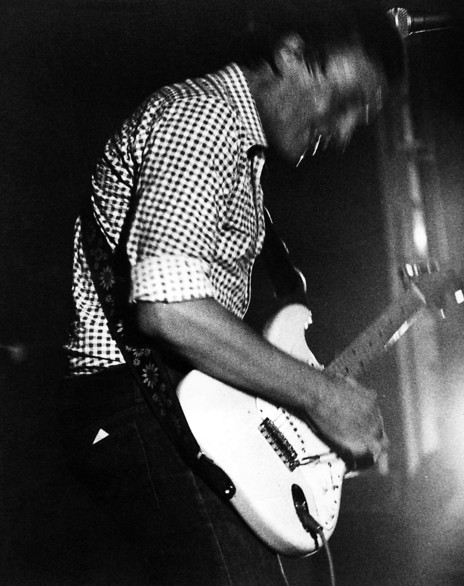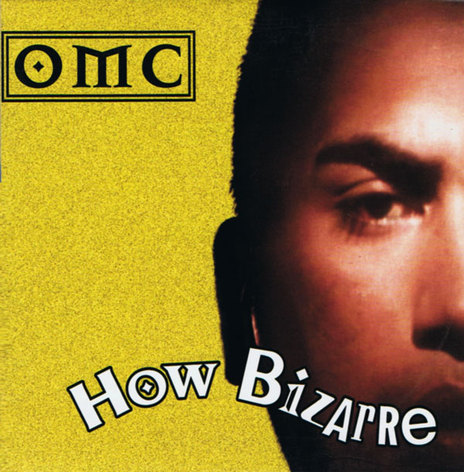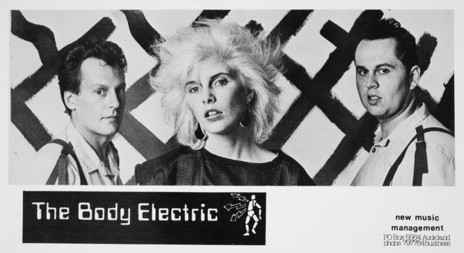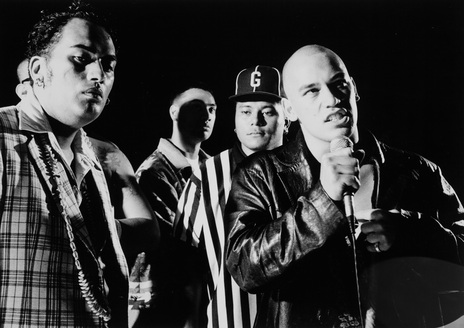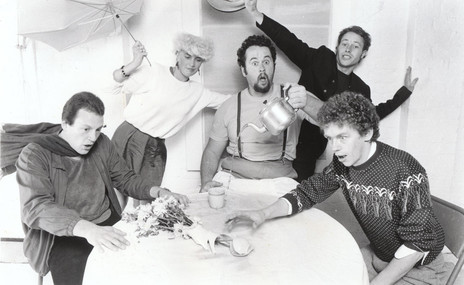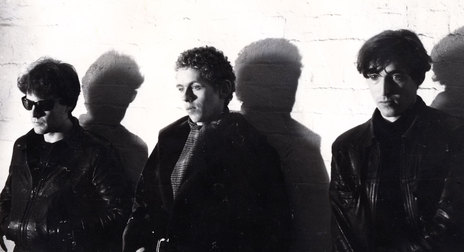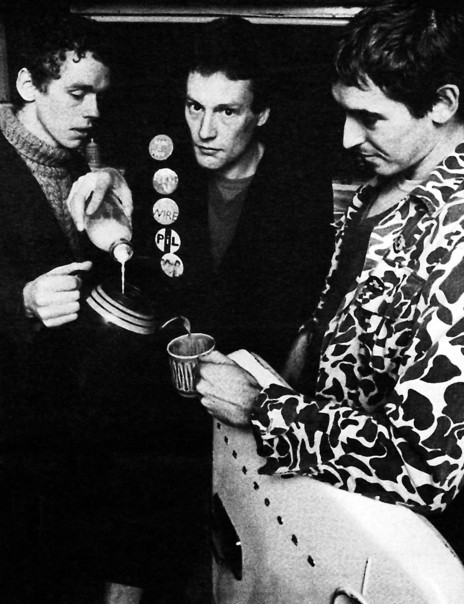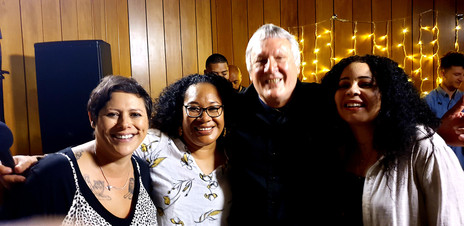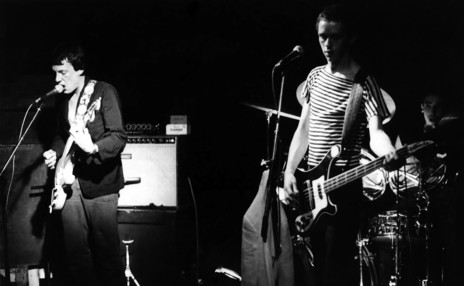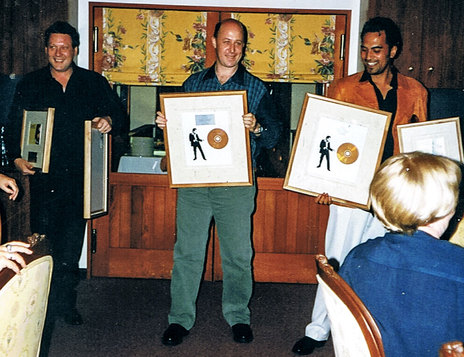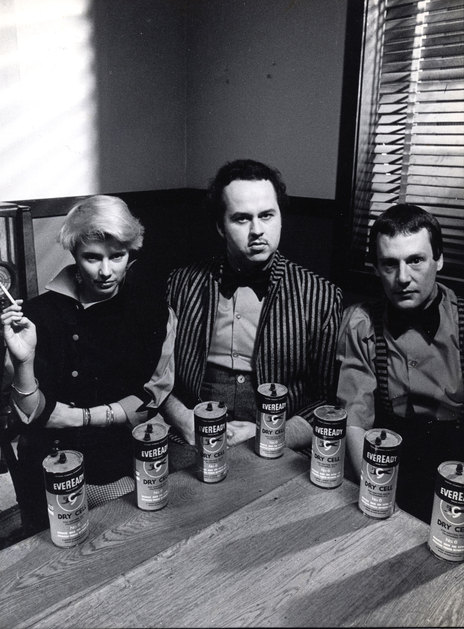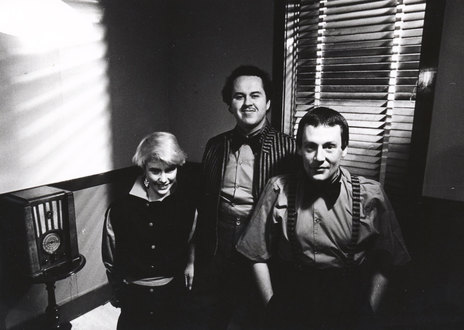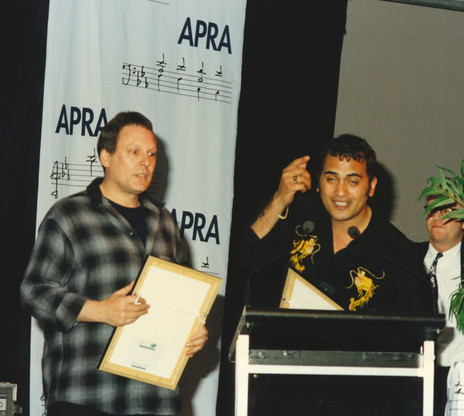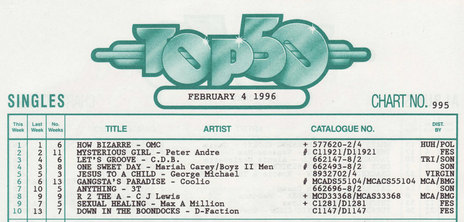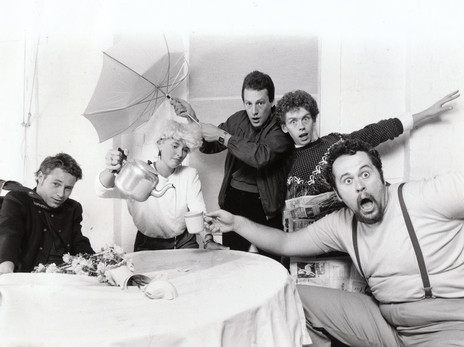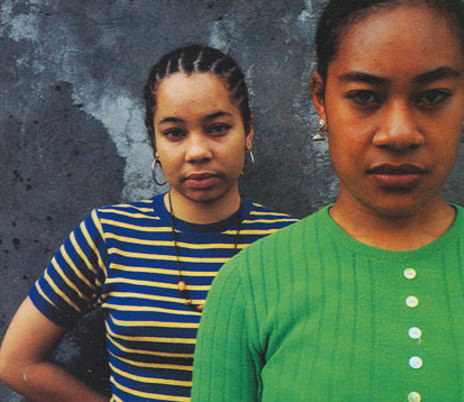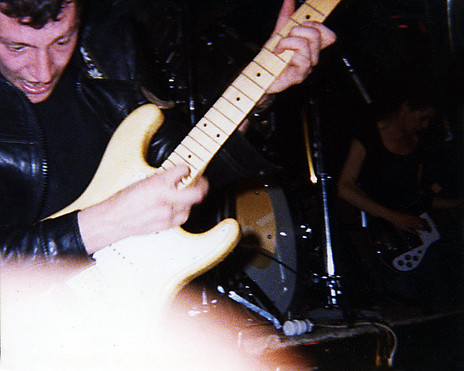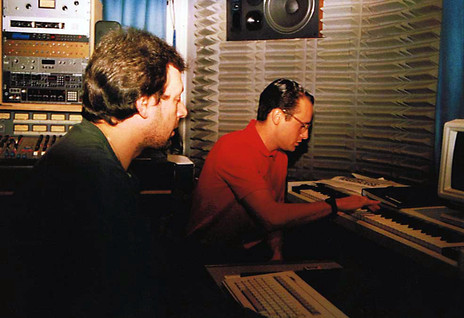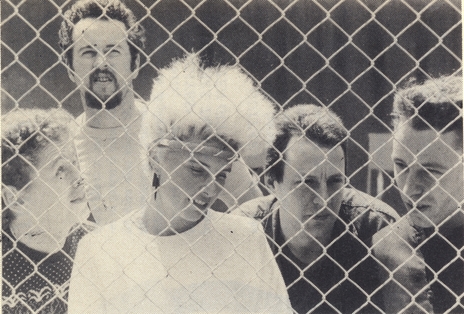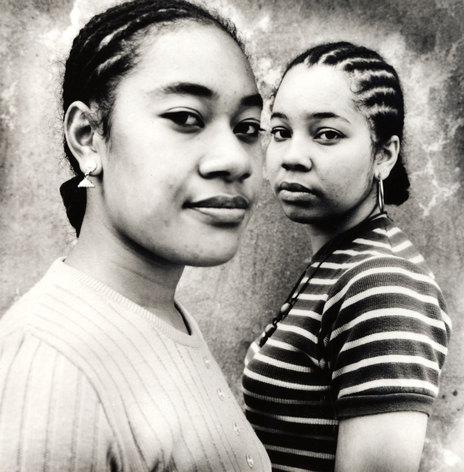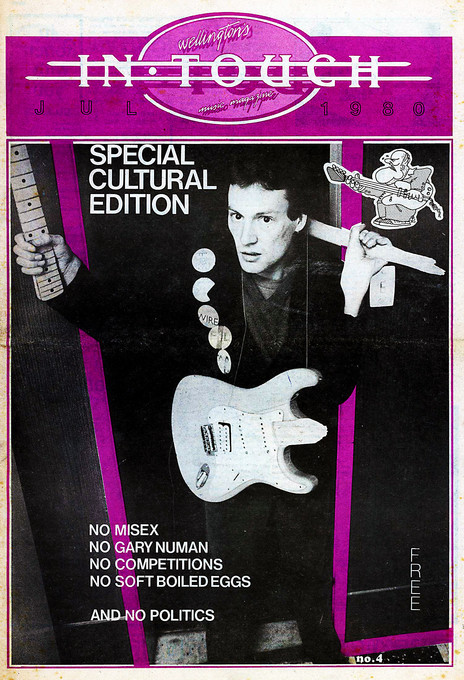The Steroids’ live debut was impressively high profile: opening for American band Cheap Trick. Citizen Band, the planned local support, hadn’t made it down from Auckland as their truck broke down. Rick Nielsen, the guitarist and leader of Cheap Trick, complimented Jansson on their performance, and Jansson took note of Nielsen’s attitude. “I realised not only is this man an artist, he’s an incredible businessman. He’s really sorted out the business side first. Cheap Trick didn’t just happen. It was all pre-planned and it made me realise we just lucked out, and these guys had been going for years.
“They’d put the two pretty boys upfront, they got the whole business side together, and I never realised how much was involved ’til I saw that, and that was our first gig, which was our opening into the real world. I realised that it was never gonna happen in New Zealand, so we may as well just enjoy ourselves.”
They toured extensively, and managed to pick up a good following outside the main centres. Jansson recalls,“We had some popular spots, like Whakatane, The Steroids used to pack out. And Ohope Beach, Palmerston, and Nelson, all sorts of places, we had this huge following all round these little pockets. We could go to all these little centres and get a really good crowd.”
And that’s when he discovered drum machines.
But he found touring with The Steroids tiring, playing the same songs over and over. “I got really frustrated with having to say to the drummer, ‘this is kind of what we want, can you do this?’ And they’d say ‘Aw yeah I can do that’ and you’d get really frustrated and most drummers just like to get it done and get out with their girlfriends or whatever they’re up to.”
And that’s when he discovered drum machines.
One day, he got called down to the Wellington Town Hall by one of his mates – “You better come have a look at this” – to watch UK band Ultravox do their soundcheck. “The thing that really astounded me was their drummer spent like fifteen minutes soundchecking his drum kit, and about an hour and a quarter soundchecking his drum machine. That’s when I thought ‘this is definitely the future’.”
Jansson got a CR78 drum machine, and then he scored the first Roland TR-808 drum machine that ever came into New Zealand. “We used to play with that for hours, and by feeding out of the click track on the drum machine, we could create a pulse widener that Marcus Wilson built for us, and we were able to widen the pulse of the click track and we could feed it to other synthesisers that had CV [control voltage] inputs, and from there we were able to get a ‘digga digga digga’ [sound] going and that was great fun! What really astounded me was you just go on stage, hit play, and you get the drums beating in time, you get this ‘digga digga digga’ and before you’d done anything, people were already dancing! I thought that was so cool. And then you just add a few colours to it.”
Out of the ashes of The Steroids, Jansson formed The Body Electric with Andy Drey and Garry Smith on vocals. The band’s debut single, ‘Pulsing’ (1982), recorded at RNZ’s Broadcasting House, was in the New Zealand charts for eight months, and was one of the first locally made records to become a club hit here.
“It would have been nice for us if [‘Pulsing’] had gone gold. And the single kept selling and selling but we never saw any royalties because the fact we did an agreement with Jim Moss [of Jayrem Records] that any money – I don’t know how this worked – what had happened, we had been ZM Band of the Month, and for that we got free recording, we got to record three songs for free, and that was the ‘Pulsing’ EP.
“Jim said I’ll just put it out, see how it goes, and it turned out to be the best-selling single he ever had on Jayrem. He said any royalties that we make from this, we’ll put it towards an album.
“For about three or four months, it was in the lower echelons of the charts, and then [Auckland DJs] Simon Grigg, Peter Urlich and Mark Phillips caught onto it at A Certain Bar, and they started thrashing it, and it went straight up to No.8, which was a real surprise. It just showed the power those guys had in the Auckland scene back then. ’Cos everyone must have been going there, ’cos I’d never been there in my life.
“We went and played at A Certain Bar [after it had been sold], and the place was bloody horrible and rundown. And Barry Jenkin came up, he’d just been fired from Hauraki, and he pulled the plug on the band, while we were playing.
“I remember the soundman jumped on him, and it was almost fisticuffs, ’cos he could have damaged the PA or anything. And Barry Jenkin turned round and said, ‘It’s bands like you that cost me my job!’”
After Drey left, Wendy Calder from The Spines joined on bass. “Wendy was great … She majored in the violin, so she understood all the musical side of things that Garry and I didn’t understand. It was very easy to make an album with her, but we really worked hard on that album, and the critics just slagged it off. It still sold pretty well, back in those days, it sold about 5000 units, which was pretty good.”
The band’s debut album Presentation And Reality was released in 1983. “When that album came out – and you can print this – it sounded like hammered shit. It sounded like it had gone through a tin can or something. In fact, I’ve still got cassettes that actually sound better, that were recorded in our practice room, just off a ghetto blaster. I still hate those guys [at Marmalade Studios] for that, and I don’t care what anyone says.”
The Body Electric relocated to Auckland as they’d been offered free studio time at Harlequin Studio, but at that time Jansson was recovering from a serious car crash. “That was when I thought ‘I don’t want to do this anymore, there’s no way I want to tour. I hated touring with the Steroids and now I’m doing the whole thing again with Body Electric’. It was Mike Corless and Benny Levin that were giving us the gigs, god bless them, and they were good gigs, but it just wasn’t what I wanted to be doing. I enjoy the studio environment, because you make it so everybody can hear it forever.”
Jansson’s early influences were the Stooges and MC5: punk before there was punk.
Jansson’s early influences were the Stooges and MC5: punk before there was punk. He also listened to a lot of Tangerine Dream, Edgar Froese, the soundtrack album Kamikaze 1989. “I never got to see it, I could never find it anywhere, [Rainer Werner] Fassbinder produced and starred in it. I love the tracks on there, ‘Snake Bath’, ‘Vitamin C’, and I used to think ‘Gosh, this gorgeous’, it was all this monophonic keyboard stuff.
“The only thing I can really think of [as an influence on Body Electric] – we did like Kraftwerk back then, everybody did – but early Human League, like ‘Empire State Human’, and ‘Being Boiled’, those sort of tracks. I specifically liked their song, ‘Circus of Death’, it was on a [Fast Product label] compilation, and it had the Mekons, Gang of Four, Human League, and a few others, and all those tracks were recorded on four-track.
“They were quite influential, I was like ‘that’s pretty cool’. And ‘Being Boiled’ was on there. I found out Human League had a rhythm generator and they would quite often pick up odd pulses, so it would always go out of time. So they could have this ‘din din din din’ and every eight or 16 times they could go ‘din din din din click din din din din click’, add a white noise signal to it, and that was very cool.
“And what happened was, that whole thing died off unfortunately. And that’s what killed Body Electric, was that suddenly all the keyboard players came along, and this horrible thing came along. I’ll never forget it: Roland invited us to a thing and we went along and it was the most repugnant thing you’ve ever seen. It was called MIDI. And I term it as ‘Many Idiots Desire It’. And what it did was it enabled keyboard players to become electronic superstars, it was awful. It kind of wrecked it for me. That’s always what happens, it’s like drum’n’bass, it was very cool ’til all the jazz musos got on it and completely screwed it up.”
With Garry Smith from Body Electric, Jansson set up Module 8 Studio. He borrowed heavily and got himself a Fairlight, and set up the studio in a big 10-room house behind Real Groovy’s former spot at 438 Queen Street. He’d discovered the Fairlight via Harlequin Studios, when the owner, Doug Rogers, bought one for three albums he was making for his label Ze Disc, with The Exponents, Hello Sailor, and Roy Phillips (formerly of The Peddlers).
“Shona Laing contacted me and I did ‘Drive Baby Drive’ – about four tracks with her – and then Stephen McCurdy contacted me and I ended up doing four big projects with him. Then Dave McArtney rang me and I did Queen City Rocker with him. And by then, the machine had well paid for itself. But I had to be there to supply it to people, and they just gave me Midi information as to what they wanted and I supplied the sounds.” Also at Module 8, Jansson wrote and produced New Zealand’s first house record, ‘Jam This Record’, in 1987, with collaborators James Pinker, Dave Bulog and Simon Grigg.
In the early 90s, Jansson shifted the studio to a purpose-built facility in Freemans Bay and renamed it Uptown Studio. He worked with the head of the acoustics division at DSIR, David Patterson. “He designed Uptown Studio for me and he spent about six months designing and getting all the angles correct so there were no reflections in the room, and he tested upstairs for two weeks with reel to reel tape machines. He’d measure noise levels, and told us how we should float the floor and separate the walls and everything. It was very much a big learning curve for me.”
Uptown produced hits for Chain Gang (featuring Chris Maiai, later of 3 The Hard Way), Maree Sheehan, and Tim Finn, amongst others. He worked with Nathan Haines on his 1995 debut album Shift Left, which went on to become the biggest-selling locally recorded jazz album.
The studio also gave birth to what became known as the Urban Pacific sound. Jansson connected with a number of groups from South Auckland when Andy Vann asked him to record some acts. Vann ran out of money, but Jansson was able to attract interest from Australian label Volition Records, which gave him some cash to make an album. He worked with Tim Mahon (from Otara Music Arts Centre and Blam Blam Blam) and Phil Fuemana to pull in a range of artists.
The result was the hugely influential 1994 compilation Proud, featuring Sisters Underground, Pacifican Descendants, Semi MCs, MC Slam, Radio Backstab and DJ Payback, and Otara Millionaires Club, or OMC. Nick Bollinger wrote, “It was Jansson’s instinct to emphasise elements of the music that reflected the Pacifican background of the artists, and throughout the album one could hear log drums, ukuleles and the so-called ‘Māori strum’ which Jansson had first encountered at after-work parties on the building sites where he had worked as a teenager. The result was a sound uniquely New Zealand, and strikingly different from the R&B and hip-hop coming from anywhere else at the time.”
The most successful tunes off the compilation were Sisters Underground’s ‘In The Neighbourhood’ and ‘We R The OMC’ by The Otara Millionaires Club. Sisters Underground played him four tracks, and it was a song for which they only had words that captured his interest. “They said, ‘We’d really love just beats and acoustic guitars’. I played them the PM Dawn beat which is ‘Ashley’s Roachclip’ [by the Soul Searchers] and said ‘What do you think of this?’ and they thought that was cool, and then I played them an acoustic guitar thing, and I wasn’t very good on the guitar, but they liked it, and then I got Lee Baker in to play the acoustic for me.
“They put the words over the top, and just put one keyboard on there and the rest was history. And we put some conch and a little bit of flute and that was it. And the song just took off.
“Andrew [Penhallow from Volition] came back to me and said ‘Pick the best two bands off the album’. I said ‘Well, that’s Sisters and OMC’, because I was getting on very well with Pauly [Fuemana] at that stage.
Their collaboration eventually gave the world ‘How Bizarre’, described on British TV show Top Of The Pops as “the biggest song ever to come out of New Zealand”.
“Pauly turned up here ’cos he had fallen out with [his brother] Phil, I don’t know what had happened, but he said he felt safer here ’cos the building was brick, and no one could come in and bash him from behind, and would I watch his back, and all this sort of carry on. I just thought he was crazy, but I liked him. I had no idea of what his past was, he seemed like one of those stray dogs you see around that had been given a hard time and didn't know who to trust any more. But he was a good guy.”
Jansson continued working with Pauly Fuemana, who had taken the OMC name after the group had split following the ill-fated Proud tour (“the tour from hell”). Their collaboration eventually gave the world ‘How Bizarre’, described on British TV show Top Of The Pops as “the biggest song ever to come out of New Zealand”. ‘How Bizarre’ reached the Top 10 in 15 countries, and reached No.1 in many places, including Australia, NZ, Austria, Canada, Ireland and the United States.
The track’s success opened the door to the possibility of work in the US, and he was tempted. “I really thought about it, and I thought ‘Nah, I like Auckland, and I love New Zealand too much.’ If you’re in New York, when you look up, unless you’re in the park, it’s just buildings everywhere. Unless you can afford to live in Trump Tower. It’s not a great place. Some people love it, but it’s just not me. I’m bit of a green hills and trees man myself.”
Following his fallout with Pauly, Jansson worked with OMC vocalist Sina on several recordings, and with 3 The Hard Way in 2003 on their second album Eyes On The Prize. Released on Joy Records, a label he set up with Simon Grigg, Eyes On The Prize delivered the band their second No.1 nearly a decade on from ‘Hip Hop Holiday’, the single ‘It’s On’ knocking Scribe off the top slot.
Jansson reunited with Pauly in 2007 for the single ‘4 All Of Us’ and some further material was recorded but they parted ways, again. Other recordings include work with Greg Johnson, Carly Binding, Selwyn, Aly Cook, and Top 20 singles for Spacifix and Fou Nature.
Over a decade after his international success with ‘How Bizarre’, watching the success of Lorde has given Jansson renewed inspiration. “For ages I was just doing audio-visual and ads and things like that, and now I’ve got back into albums again because of Lorde. I can say, good grief, when we did ‘How Bizarre’, it took almost two years ‘til we got it out in America, from the time we released it. And she basically did it in about eight and a half months. That’s an inspiration to me. That shows you how far the whole world relates now to the internet.
“It’s not my kind of music, I mean, with Body Electric, we were making that simplistic, stripped back electronica years ago. No disrespect to them, but at that stage, I could do that in my sleep. I really respect them and I really love what they’ve done, and it’s awesome the fact that it turned around so fast. That’s what blew me away more than anything. I was rapt to see it. I was thinking, if I make records now, there’s no chance I’m ever going to get a return on it, ’til I’m collecting my pension. I started thinking to myself good grief, I don’t see why I bother, even though I love it. And then seeing her [Lorde] getting those returns in such a short time really inspired me. I thought ‘Wow, now I know why I got into this business.’
“But at least this way, I’m doing what I love, and I don’t care if I make a lot of money or not, as long as I’m doing what I enjoy. Whereas I was never enjoying doing ads and soundtracks and things. There are so many people now that just can get a sound into computer and do everything. What do they say? It’s like there’s so many people who think they’ve arrived and they haven’t even made the journey …
“So it’s a hell of a learning curve, and I’m still learning, but I feel like I know so much more now, and I feel confident when I take on a job, instead of thinking ‘How am I going to do this?’ Now I can’t wait to get my teeth into it.”
--
In May 2022, at the annual Taite Music Prize awards ceremony in Auckland, the Independent Music NZ Classic Record award was presented to producer Alan Jansson for Proud: An Urban-Pacific Streetsoul Compilation (1994).
